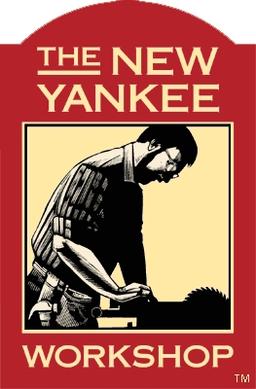Well if you subject your guitar to humidity fluctuations, it may well crack. Many do. My guild had a crack when I bought it, and when I moved to colorado it developed another. I have another guitar that has survived lots of changes in humidity and severe dryness without cracking. Maybe the wood was cured better, or I just got lucky.
I keep my nice martin humidified to ~47% all the time. Maybe it would survive dryness, but I don’t want to take the chance. When they dry out it changes the way they play, being humidified properly helps keep the action consistent as well as protecting it against cracks.













Well-cured wood can help. Guitars built with green wood will crack easily.
Plywood guitars are tough - my resonator guitars are impervious to dryness, and they’re made of plywood basically.
The other thing that might explain it is survivor’s bias - the guitars on the wall at the pub or in a mountain cabin either survive, or they crack and die. We see the ones that made it. Same thing with 200 year old parlor guitars - they are survivors.